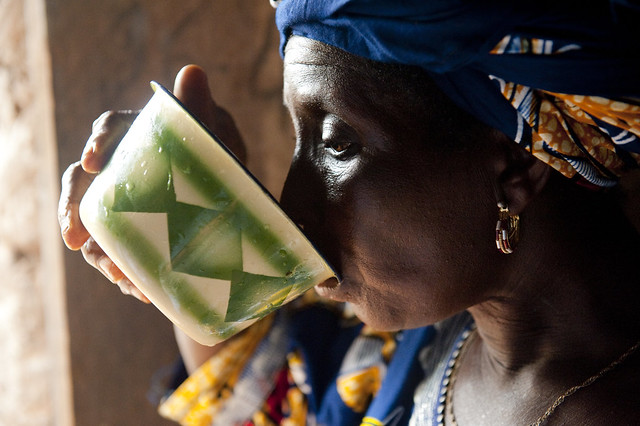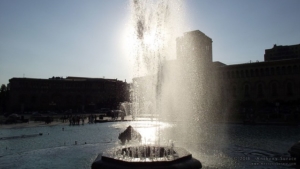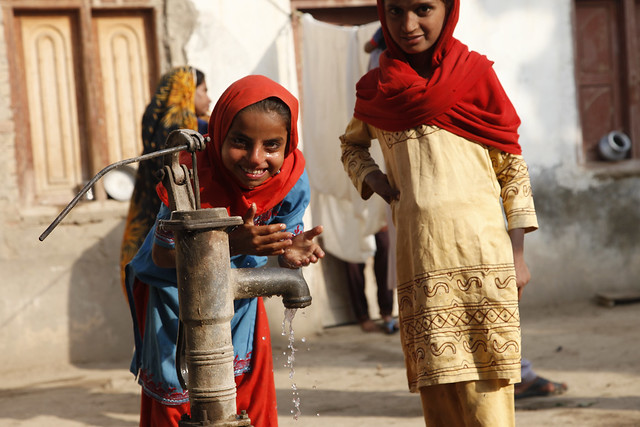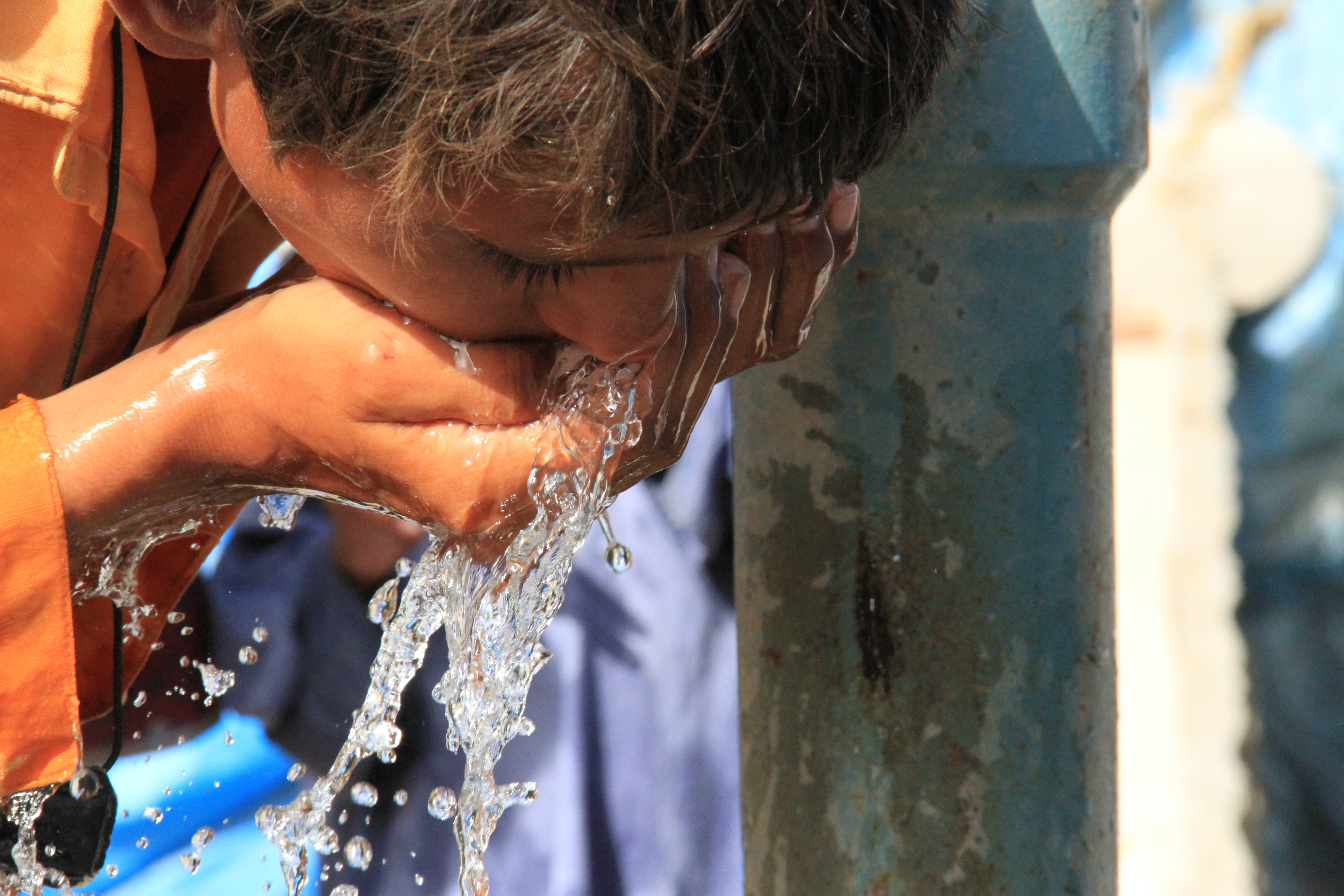
The company PortaPure began research on water filtration systems after a massive hurricane hit Haiti in 2010. Millions of people were left without clean water. By Christmas of that year, PortaPure began donating their PocketPure devices. Today in Haiti, where the company PortaPure still does most of their work, 60 percent of the population are still living in poverty. They do not have easy access to clean water. Although there are other solutions to clean water, those solutions can be expensive. To continue its mission to provide access to clean water all around the world, PortaPure has created multiple solutions that can help in their goal.
Efforts to Aid Haiti
After the earthquake hit Haiti in 2010, PortaPure was not the only organization to invest in providing access to clean water. The U.N. came to help as well. Unfortunately, their sewage leaked into a clean source of water that contaminated it. Consequently, the leak exposed the Haitians to cholera. About 800,000 Haitians became sick from drinking and using water from the contaminated source.
The need to solve this problem was even more apparent after 10,000 people had died from cholera, so PortaPure knew their filtration system needed to be able to filter this out.
Their filtration system has the water pass through a series of filters that, in the end, filters down to .02 microns. This level allows for diseases, like cholera, to be filtered out and safe to use.
PocketPure Offers Clean Water to Drink
PortaPure’s first innovation, PocketPure, was meant to be a cheap solution to provide developing countries access to clean drinking water. It is meant to be very portable, pocket-size, as it weighs less than a pound. Even though it is portable, it still allows the user to drink one liter of water.
This is one of the cheapest innovations on the market as it costs less than $20. PocketPure’s affordability allows for more people to be able to donate these systems to developing countries. Although this price might still seem like a lot, other filtration systems can be as much as 100 dollars.
PureLives in Africa
African families compared to families in first-world countries use much less water. Families in developed countries can use up to 550 gallons of water per day while African families use about five gallons per day. One of PortaPure’s most recent products, PureLives, addresses the need for a large amount of water.
PureLives is a water treatment system that can hold up to five gallons of water. This is just the right amount for families in developing countries. This water treatment system is also portable as it acts like a backpack, making it easier to carry water home if the water source is far away. Additionally, it is efficient as it can filter water into the system at a gallon per minute. The PureLives system also has a long filtration life as it can last up to three years or 5,000 gallons.
Although PortaPure’s mission was to provide access to clean water for Haiti, it has evolved into a global mission. There are 785 million people in the world without access to water service. Furthermore, two billion people use a water source that has been contaminated by feces. These contaminated water sources contain diseases, like cholera, and many others that contribute to 485,000 deaths per year.
Luckily, with inventions such as the PureLives system, PortaPure provides some cost-effective solutions that allow Haiti to have access to clean water.
– Ian Scott
Photo: Flickr



